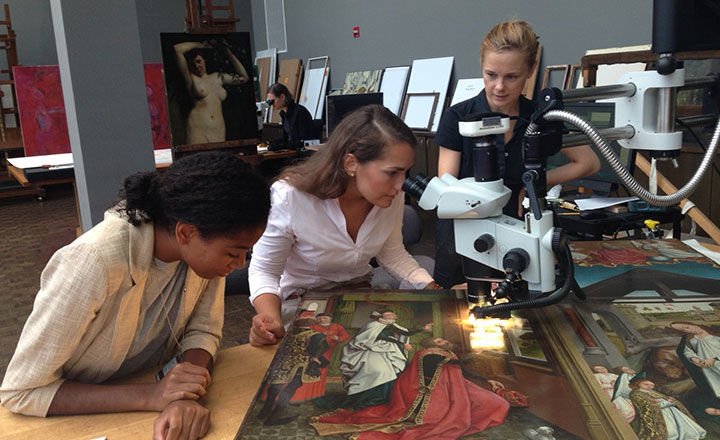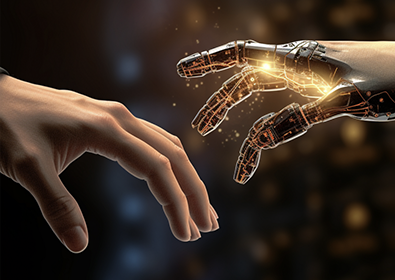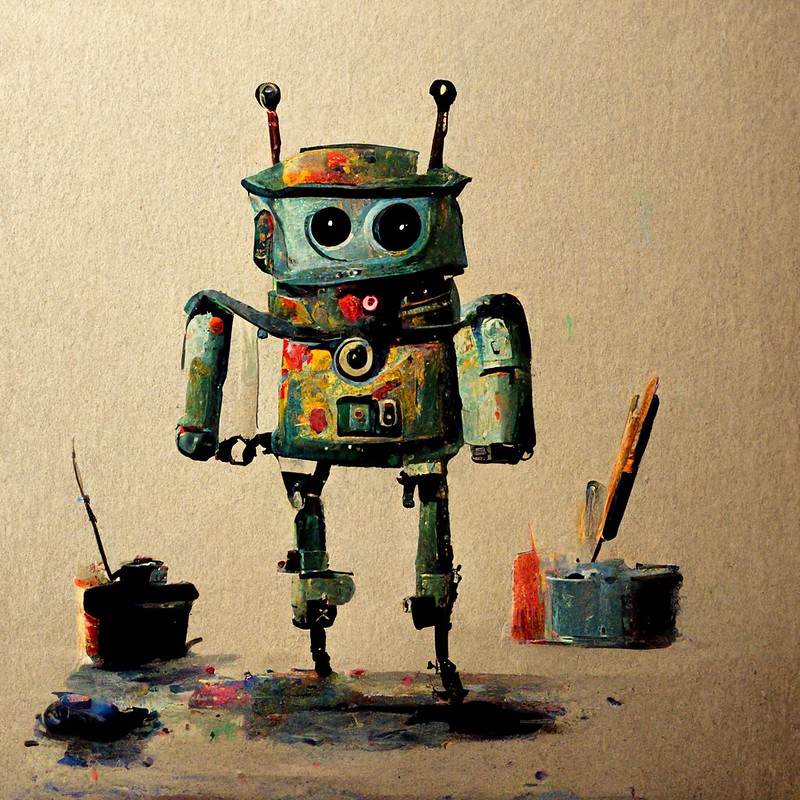Art conservation has always been heavily reliant on the skills and careful work of human conservators. But the fascinating incorporation of artificial intelligence (AI) has ushered in a new era in the preservation of our cultural legacy. This combination of advanced AI techniques with artistic appreciation is showing itself to be a beneficial instrument as technology develops. Artificial intelligence (AI) algorithms are capable of viewing high-resolution scans of artwork, supporting human conservators with their acute eyes. These computerized instruments are capable of identifying microscopic fractures, fading pigments, and hidden structural weaknesses – signs of deterioration that are undetectable to the human eye. This makes it possible to intervene early and concentrate conservation efforts a bit more precisely.
Furthermore, AI has the potential to be extremely important for restoration. AI systems can suggest restorations for damaged artworks by analyzing their shapes, colors, and textures. An experienced conservator makes the final decision on these suggestions. However, AI provides valuable insights to more accurately recreate the artist’s intent. This partnership between human expertise and AI technology enables future generations to appreciate and preserve our invaluable artwork.

Enhancing Visual Analysis
Enhancing visual analysis is one of AI’s greatest contributions to art conservation. AI systems can carefully examine high-resolution images of artworks, picking up on patterns and tiny details that would be invisible to the human eye thanks to machine learning algorithms. Conservators may create specialized preservation plans and make well-informed judgments by using this sophisticated visual analysis to detect possible conservation challenges, material composition, and regions of degradation.
Predictive Modeling and Risk Assessment
AI is more powerful than visual analysis because it gives conservators access to danger assessment and prediction modeling capabilities. Artificial intelligence (AI) systems are able to model and forecast the possible effects of different environmental factors such as humidity, temperature, and light exposure, on artworks by utilizing enormous databases of historical data and environmental variables. Due to their capacity for prediction, conservators are able to take preventative action, reducing the possibility of harm and extending the life of cultural assets.
Material Analysis and Authentication
A vital aspect of art conservation is the evaluation and identification of the materials employed for the creation of artworks. Artificial intelligence (AI) techniques that can precisely determine the constituents of pigments, binders, and other elements used in the creation of artwork include spectroscopic analysis and machine learning algorithms. This information is useful in establishing the legitimacy of artworks as well as in choosing the best conservation techniques and supplies to maintain the original artwork’s integrity.
Virtual Restoration and Visualization
With the assistance of artificial intelligence and sophisticated imaging methods, conservators are able to realistically repair and explore artworks in their original form. Artificial intelligence (AI) algorithms have the capability to produce lifelike depictions of artwork by examining and reassembling fragments of the work that are missing or damaged. In addition to improving our comprehension and admiration of the artist’s original vision, this virtual restoration directs the actual restoration procedure and reduces the possibility of permanent changes.
Monitoring and Environmental Control
The environment’s conditions including temperature, humidity, and light exposure have a big impact on how long artworks last. Artificial intelligence (AI) systems are capable of continually monitoring these conditions in storage facilities and display spaces, quickly identifying any variations and any risks. Conservators may ensure the long-term preservation of artwork by incorporating AI-powered environmental control systems to sustain the perfect conditions customized to each piece’s unique requirements.
Collaborative Efforts and Knowledge Sharing
AI makes it much simpler for specialists all around the world to share best practices along with data in the collaborative field of art conservation. Conservators can get into and contribute to a massive collection of information containing case studies, conservation procedures, and scientific research, using artificial intelligence-powered platforms and databases. By fostering a global community of experts, this collaborative approach speeds up the evolution of art techniques for preservation and makes more efficient preservation strategies possible.

Even if AI can do amazing things in the field of art conservation, ethical concerns and human skills still come first. When used in conjunction with expert conservators, AI may be a valuable tool to enhance assist their job, not take the place of their judgment and analytical abilities. Respecting the cultural relevance of artworks and using AI in an ethical and responsible manner will guarantee that technology enhances rather than diminishes our common legacy.







